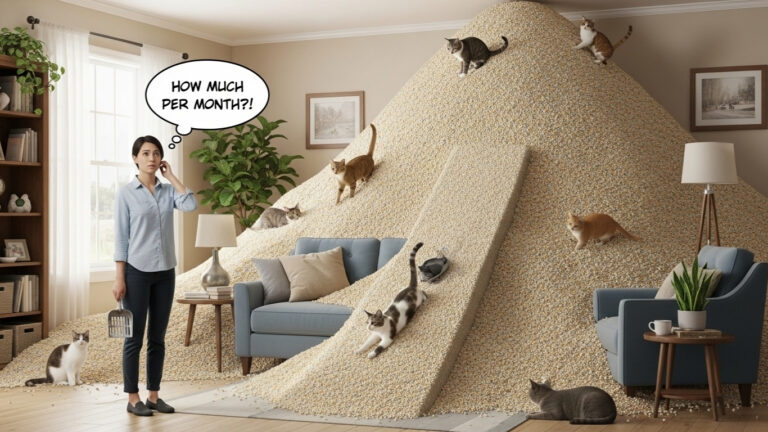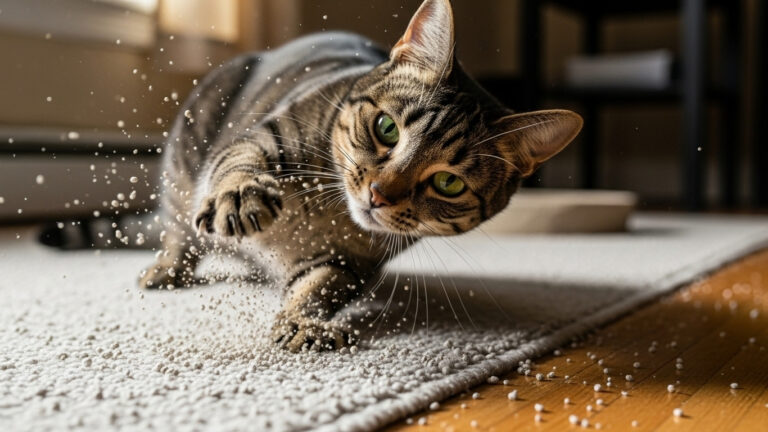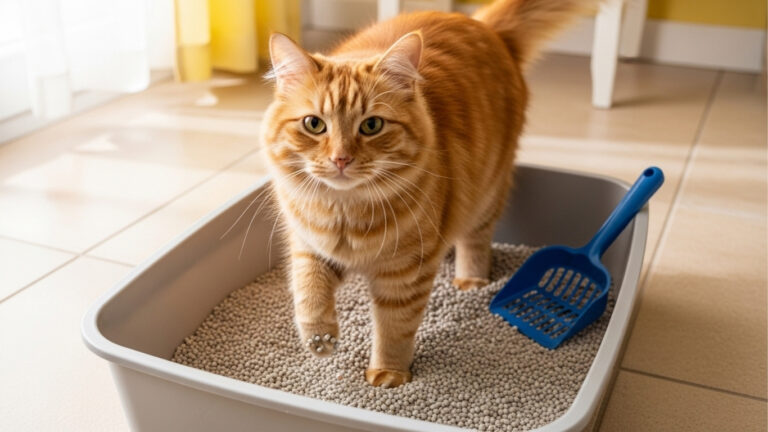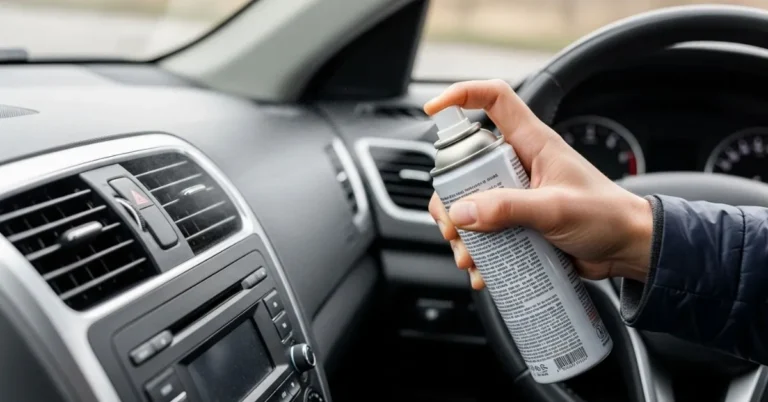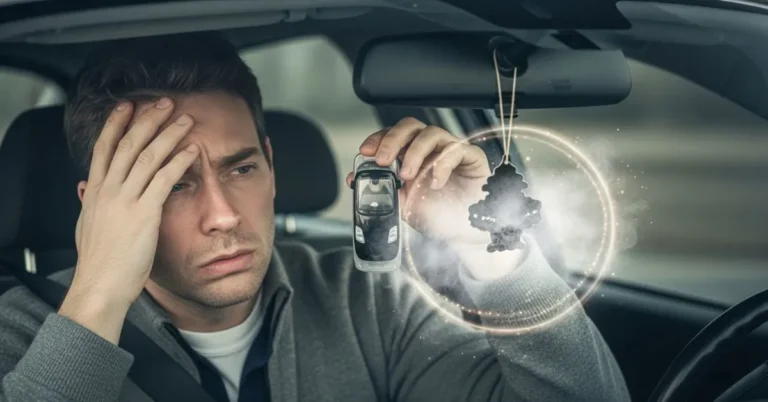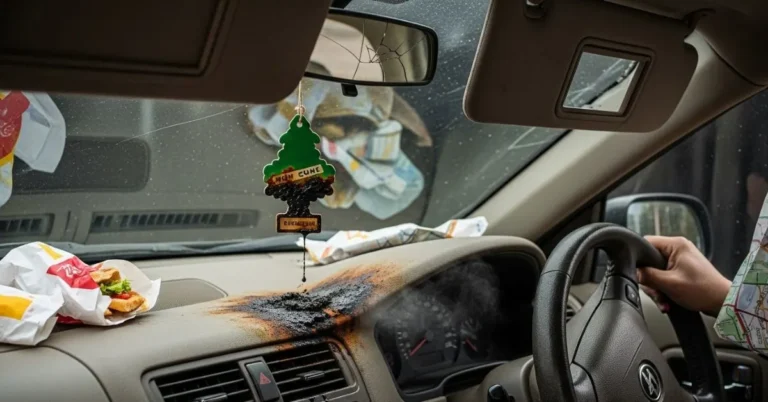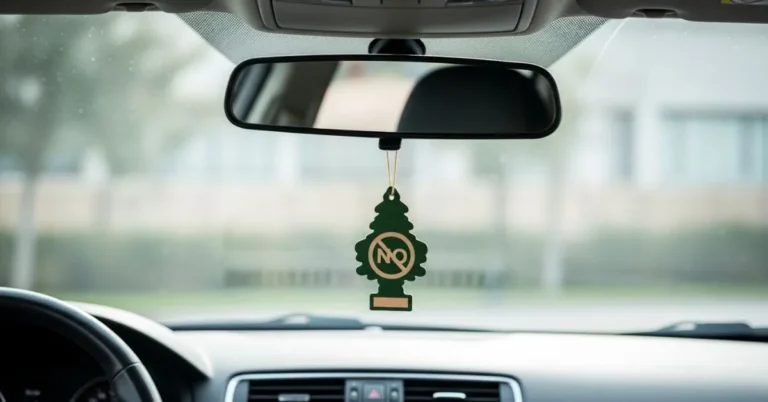It all started on a sunny Sunday morning with a cup of coffee, a snuggly golden retriever named Max, and a mess of knots in his beautiful golden coat. I reached for our old bristle brush and gave it a few hopeful swipes, and Max looked at me like, “Is that supposed to help?” Five minutes later, we were frustrated, and I had more fur on my shirt than in the brush.
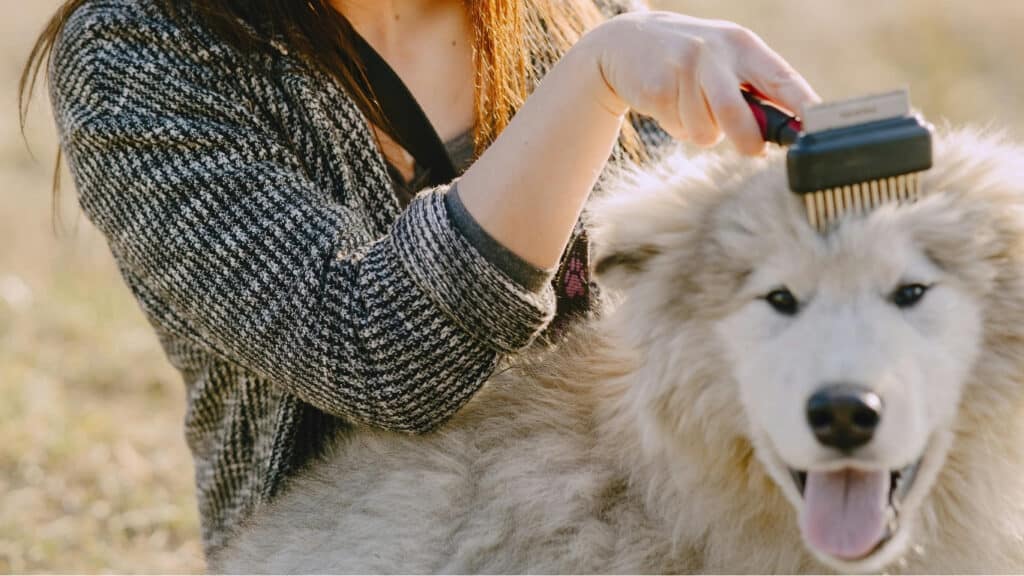
That’s when a fellow dog parent introduced me to the slicker brush. She said, “It’s not just a brush, it’s a fur-saver, a mat-buster, a grooming game-changer.” I was skeptical but desperate.
Spoiler alert: She was right. If you’re like I was, what is a slicker brush for dogs and why I should care, buckle up. Whether you’ve got a doodle, a collie, or a shedding shepherd, this brush might become your new best friend. (Right after your dog, of course.)
Contents
- 1 What Is a Slicker Brush for Dogs?
- 2 Why the Name “Slicker”?
- 3 Why Is a Slicker Brush a Must-Have for Dog Owners?
- 4 How to Choose the Right Slicker Brush
- 5 How to Use a Slicker Brush (Without the Drama)
- 6 What Makes Slicker Brushes Stand Out?
- 7 Grooming Trends: Sustainable & Self-Cleaning Slicker Brushes
- 8 Eco-Friendly Options
- 9 Self-Cleaning Technology
- 10 Hypoallergenic Pins
- 11 When and How Often Should You Use a Slicker Brush?
- 12 Common Slicker Brush Mistakes to Avoid
- 13 Frequently Asked Questions
- 14 Experts Thoughts: Why a Slicker Brush Belongs in Every Dog Parent’s Arsenal
- 15 About the Author
What Is a Slicker Brush for Dogs?
Let’s start with the basics. A slicker brush for dogs is a grooming tool designed to easily tackle tangles, mats, and excess hair. It features a flat or slightly curved base packed tightly with fine, short wires. Unlike wide-tooth combs or soft bristle brushes, a slicker brush reaches deep into your dog’s coat to loosen knots and capture loose fur that would otherwise end up on your couch (or your black leggings).
Why the Name “Slicker”?
It’s not about being slick or stylish though your dog will be both after using it. The name refers to the “slick” feel of the coat post-brush. Think smooth, silky, tangle-free perfection.
Why Is a Slicker Brush a Must-Have for Dog Owners?
1. It Tackles Tangles Like a Pro
Matted fur isn’t just messy it’s painful. Mats pull on your dog’s skin, causing irritation, discomfort, and sometimes even infections. Brushing regularly with a slicker brush helps prevent mats from forming and softly untangles any that do appear.
2. It Controls Shedding
Slicker brushes are designed to reach through the topcoat and grab loose undercoat hairs that cause most of the shedding drama. Brushing a few times a week dramatically reduces fur tumbleweeds in your home.
3. It Promotes Skin Health
Brushing with a slicker stimulates your dog’s skin, improves circulation, and distributes natural oils that keep their coat healthy and shiny.
4. Suitable for a Variety of Dog Breeds
From high-maintenance breeds like Goldendoodles and Poodles to double-coated dogs like Huskies and Retrievers, slicker brushes are versatile tools suitable for various coats.
Pro Tip: If your dog’s coat has curl, fluff, or a thick underlayer, you need a slicker brush.
Read More: Why Does My Dog Scratch His Bed? 7 Common Reasons
How to Choose the Right Slicker Brush
Not all slicker brushes are created equal. Here’s what to consider when shopping:
✅ Size Matters
Choose a brush size that fits your dog. A brush too large will be awkward on a small dog, while a tiny brush will frustrate you on a Great Pyrenees.
✅ Pin Softness
Some brushes have firm pins, which are better for thick or matted coats. Others have softer pins for dogs with sensitive skin or thinner coats.
✅ Handle Comfort
Grooming can take time. Choose a brush with an ergonomic, non-slip handle that’s easy on your wrist.
✅ Cleaning Mechanism
Self-cleaning slicker brushes are a game-changer. One button retracts the pins, allowing you to wipe away the collected fur without wrestling with the wires.
How to Use a Slicker Brush (Without the Drama)
Now that you know what a slicker brush for dogs is, let’s ensure you know how to wield it like a pro.
Step 1: Prep Your Pup
Choose a calm time (post-walk or after dinner is ideal). Make brushing part of a relaxed, positive routine. Treats help!
Step 2: Brush the Right Way
- Always brush following the natural direction of the hair growth.
- Start at the neck and move toward the tail
- Be extra gentle around ears, legs, and tail where fur mats easily
- If you find a knot, don’t pull gently work through it or use a detangling spray
Step 3: Clean and Store
After each session, clean your brush and store it in a dry spot. A clean brush is a happy brush.
What Makes Slicker Brushes Stand Out?
Here’s how a slicker brush compares to other ordinary dog brushes:
| Brush Type | Best For | Not Great For |
| Slicker Brush | De-matting, de-shedding, undercoat removal | Ultra-short hair or sensitive dogs |
| Bristle Brush | Surface dirt removal, short coats | Deep tangles or mats |
| Pin Brush | General grooming, light tangles | Heavy-duty mat removal |
| Undercoat Rake | Seasonal shedding, thick double coats | Daily quick grooming |
Grooming Trends: Sustainable & Self-Cleaning Slicker Brushes
Modern pet parents want good grooming tools for the planet and their pets. Here’s what’s trending:
Eco-Friendly Options
- Bamboo handles with stainless steel pins
- Biodegradable packaging
- Non-toxic finishes
Self-Cleaning Technology
Press a button, and the pins retract no need to dig out trapped fur.
Hypoallergenic Pins
Great for dogs with sensitive or allergy-prone skin.
When and How Often Should You Use a Slicker Brush?
Consistency is key. Here’s a general brushing schedule based on coat type:
Coat Type Brushing Frequency
- Long or Curly Coats Every other day
- Double Coated Breeds 2–3 times per week
- Short Coats Once a week (if needed)
- During Shedding Season, Daily brushing is recommended
Also, always brush:
- After baths (once your dog is dehydrated)
- Before trimming or haircuts
- After long outdoor adventures
Common Slicker Brush Mistakes to Avoid
Even with the best tool, user error can happen. Don’t worry we’ve all been there.
Brushing too hard
This can scratch your dog’s skin. Use light pressure and let the brush do the work.
Skipping trouble spots
Mats love to hide behind the ears, under the front legs, and around the collar area.
Using on wet fur
Always dry your dog thoroughly first. Wet fur is more fragile and prone to damage.
Waiting too long between sessions
Prevention is easier (and kinder) than dealing with full-blown matting.
Read More: How Long Does It Take for Cat Dewormer to Work?
Frequently Asked Questions
1. What is a slicker brush for dogs, and how is it different from other brushes?
It’s designed for deep grooming, especially on thick or curly coats. Unlike bristle or pin brushes, slickers remove tangles, mats, and loose undercoats in one go.
2. Can slicker brushes be used on puppies?
Absolutely! Just choose a soft-pin version and use it gently. Early brushing helps puppies get used to grooming.
3. Do slicker brushes work for short-haired breeds?
It’s not necessary unless the dog has mild shedding or light tangles. For short coats, a bristle brush or grooming glove is usually sufficient.
4. How do I clean a slicker brush?
Use a comb or your fingers to gently detangle and remove hair. If the brush is self-cleaning, press the button to retract the pins and easily wipe the surface.
5. Can slicker brushes be used on sensitive skin?
Yes! Choose brushes marked “soft pin” or “gentle” ideal for dogs with delicate skin, like Greyhounds or senior pups.
Experts Thoughts: Why a Slicker Brush Belongs in Every Dog Parent’s Arsenal
Still asking, “What exactly does a slicker brush do for dogs?” Here’s the scoop: it’s not just about grooming but comfort, care, and connection. Human tone. With fewer mats, less shedding, and a soft and shiny coat, your pup feels amazing and honestly, so do you. Even better? Brushing goes from a battle to something your dog enjoys.
Whether you’re just getting the hang of grooming or you’ve been at it for years, a slicker brush can make all the difference for both of you.
So grab that brush, tackle those tangles, and enjoy a life full of wagging tails, cozy cuddles, and much less fur on your furniture. You’ve got this and your dog will thank you for it!

